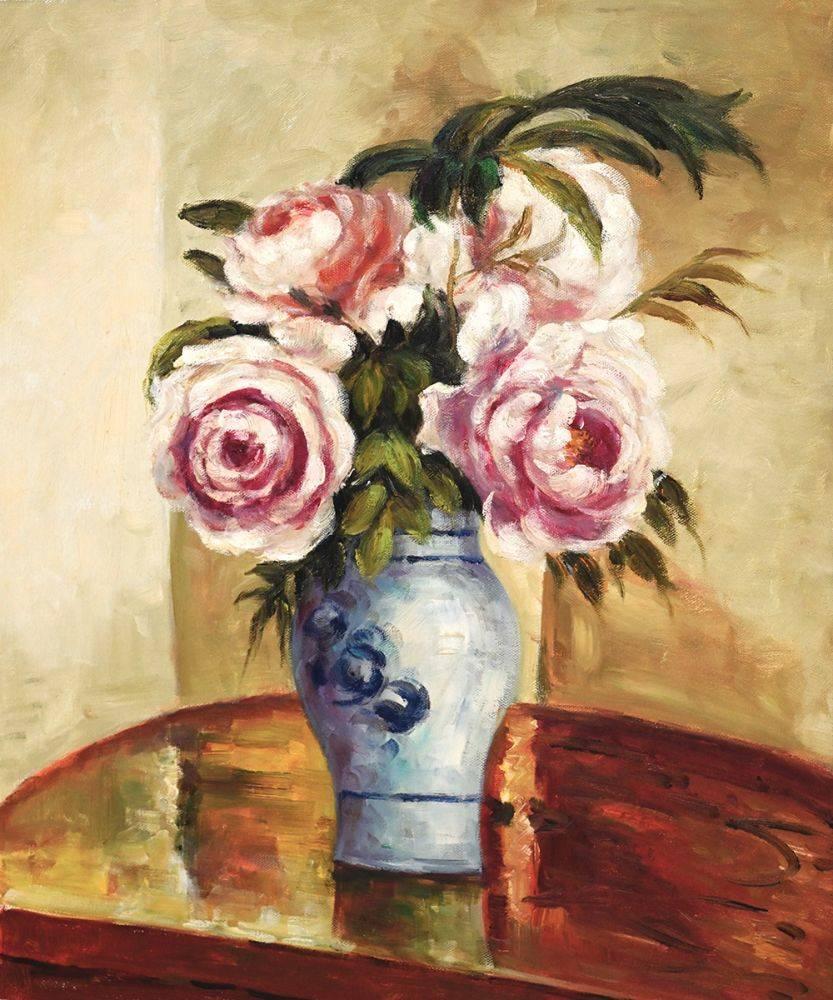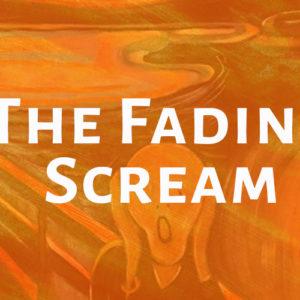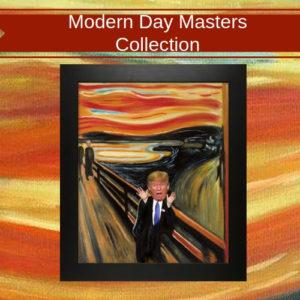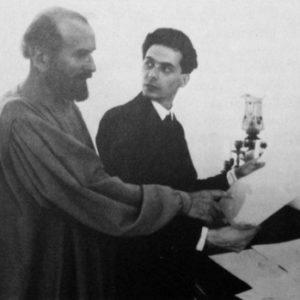Facebook stories
Top ‘Liked’ art posts from facebook October 4 2011
The following is a list of the top posts of the week that we’ve shared with our facebook friends on the overstockArt.com facebook page. We try and make our facebook posts informative and engaging as we love to hear what our fellow art lovin’ friend have to say about particular artists and their art. So if you have a moment, check out the overstockArt.com facebook page and share your passion for art and wall decor with us!
 “When it dawned on me that all this innovation had little to do with real life, I would surrender all the glory and acclaim cubism had brought me for a way in art truer to my inmost feelings.” — Diego Rivera, “My Art, My Life”
“When it dawned on me that all this innovation had little to do with real life, I would surrender all the glory and acclaim cubism had brought me for a way in art truer to my inmost feelings.” — Diego Rivera, “My Art, My Life”
Before spearheading the Mexican Mural Renaissance and creating such signature works as “El Vendedor de Alcatraces”, Diego Rivera (1886-1957) spent several years as a Cubist!
Rivera embraced Cubism early in his artistic career while living and working in Europe. He took part in debates with fellow Cubist painters – the most heated discussions occurring with Cubism’s co-founder, Pablo Picasso – and his first one-man show in 1914 included 25 Cubist works. While the style may not have suited him, it is in these early works that his interest in themes of nationalism and politics first emerges, along with his penchant for brighter colors and larger scale.
Visit our gallery of Diego Rivera’s post-Cubist art.
 “Shall I tell you what I think are the two qualities of a work of art? First, it must be indescribable, and second, it must be inimitable.” – Pierre Auguste Renoir
“Shall I tell you what I think are the two qualities of a work of art? First, it must be indescribable, and second, it must be inimitable.” – Pierre Auguste Renoir
While Renoir might have eschewed putting his painting style into words, as one of the leading Impressionist painters of the late 19th century, he had a very clear idea of what made his own work “indescribable” and “inimitable.” Born in France’s Haute-Vienne department, Renoir (1841 – 1919) studied art in Paris, where he met Alfred Sisley, Claude Monet, and Frédéric Bazille—with whom he would exhibit Impressionist paintings in 1874. It was during this first Impressionist exhibit—more than a decade after beginning his career—that Renoir earned serious acclaim.
Renoir’s earliest paintings were inspired by Eugéne Delacroix’s use of lighting, and the realism of Gustave Courbet and Édouard Manet. Under their influence, Renoir frequently used black as a means of painting shadow—a huge departure from the later works he created “en plein air,” when he painted side by side with Monet. Unlike many of his Impressionist contemporaries, Renoir’s subjects were always distinct, and he never completely sacrificed form for the sake of the aesthetic. After his 1881 trip to Italy, Renoir was deeply touched by Raphael’s classicism, and from then on his paintings are marked by a return to controlled, formal figure-painting techniques. The painting shown here, “The Dance in the City” (1883), is an example of Renoir’s disciplined Impressionism.
For more Art by Renoir, visit our Renoir oil paintings collection.
 Portrait of a Lady with An Ermine by Leonardo da Vinci
Portrait of a Lady with An Ermine by Leonardo da Vinci
Considered to be one of the most important works of Western art and a “breakthrough in the art of psychological portraiture,” Leonardo da Vinci’s masterwork “Portrait of a Lady with An Ermine” is one of only four authentic panel paintings of female portraits by him that survived.Da Vinci painted this portrait of Cecilia Gallerani, mistress of his employer Duke Ludovico Sforza, in Milan around 1489–1490. While her body is turned at a three-quarter angle to her right, her gaze over the left shoulder implies there is another person outside of the view of the subject. The ermine (a white-coated weasel) she holds is particularly significant for several reasons. This animal was known to symbolize chastity and purity (because it was believed an ermine “prefers to die rather than soil itself”) and sometimes also signified pregnancy. It is quite possible that Cecilia was carrying the son of the Duke while sitting for this painting. The ermine was also a common pet for the aristocracy, and Cecilia’s modest dress and coiffure connote the fact that she was neither rich nor noble. Cecilia’s embrace of the ermine is also said to refer to Duke Ludovico himself, as his nickname was Italico Morel bianco ermellino at the time (“Italian Moor, white ermine”). Furthermore, it has been analyzed that the slit in her sleeve (which reveals red cloth) being pulled by the ermine she holds is a sexual metaphor. Although Cecilia and Duke Ludovico Sforza were genuinely in love, after she bore him a child he married a woman of more noble stature.
Beyond the heavy symbolism of “Portrait of a Lady with An Ermine,” the medium is also important. Oil paint had only been introduced about twenty years prior to the date of this painting, so it was still relatively new to Italy. Leonardo was an early adopter of oils and quick to master techniques in the medium.
Now through November 20, a unique exhibition organized by The Staatliche Museen zu Berlin and the Metropolitan Museum of Art, New York, explores in depth the many social and cultural factors that informed the artistic language of 15th century Italian Renaissance portraiture in “Gesichter der Renaissance” (“Renaissance Faces”). The exhibition spans many regions, time periods and master artists, like Da Vinci and Donatello.

“I perhaps owe having become a painter to flowers” – Claude MonetEarly on in his career, Claude Monet said, “I am following Nature without being able to grasp her I perhaps owe having become a painter to flowers.” Most people today would never consider that Monet didn’t “grasp” nature—especially considering that he helped popularize outdoor painting, which added great depth to the evolution of landscape painting.
Born in Paris, Monet (1840 – 1926) was always artistically inclined, and started studying art at age 11. When he was a young man, it was customary to see painters sitting at the Louvre and copying the works of the old masters; Monet, however, would sit by the window and paint what he saw outside. Around the 1860s, artist Eugène Boudin became Monet’s mentor, and taught him both to use oil paints, and the techniques for painting “en plein air.” French for “in the open air,” it was a practice that became especially popular in the 1870s. The en plein air trend was largely due to the introduction of paint in tubes (previously, artists had to make their own paints by grinding together pigment powders and linseed oil).
Monet said it was Boudin who insisted that he “learn to draw well and appreciate the sea, the light, the blue sky,” and it’s clear Monet took his advice. Boudin encouraged Monet’s interest in water, natural light, and the distortional effects of combining the two, and it was something that permeated Monet’s paintings for the duration of his career.
For our entire collection of Monet’s Landscapes, see our vast Claude Monet gallery.
This is it! We hope you will continue to enjoy reading our ArtCorner blog and come join us on facebook for more artistic discussions!










